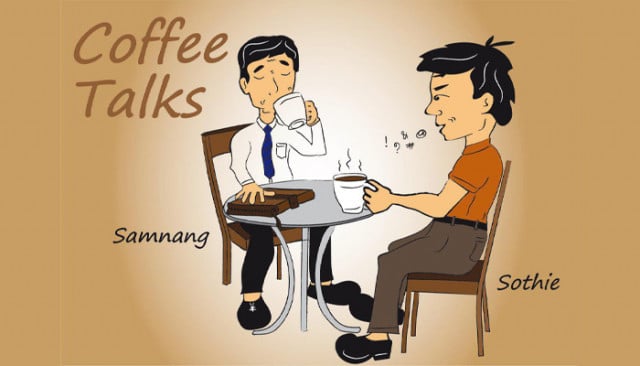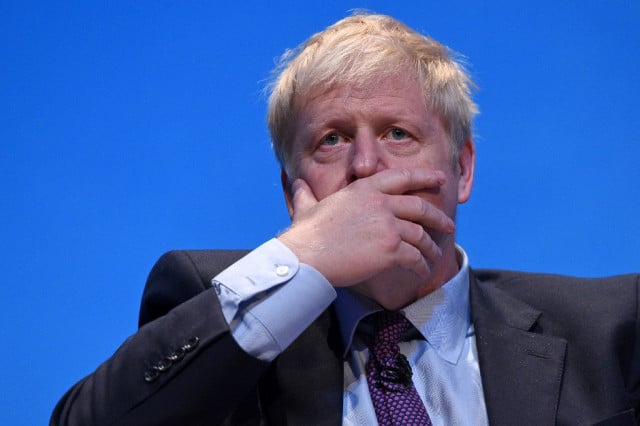As Cambodia Is Set to Welcome Vaccinated Tourists, Challenges Lie Ahead
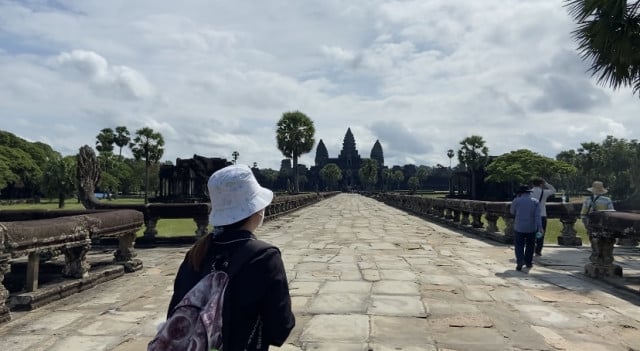
- By Torn Chanritheara
- November 13, 2021 7:05 PM
This may require regional cooperation as well as new approaches, people in the field note
SIEM REAP--As Cambodia is reeling from the COVID-19 pandemic with plans to open the country for fully vaccinated travelers in the weeks to come, optimism is running high that the tourism sector will recover. But beyond all those hopes, challenges such as the lack of direct international flights and some stringent COVID-19 measures stand in the way.
COVID-19 has hit Cambodia’s tourism hard and, for tour guides like Chan Sytha, this has been an enduring pain. After working as a guide for four years in Siem Reap Province, Sytha said that he had to change job for a while because there is no customer for him.
After more than 20 years of the number of international arrivals constantly rising, the number of foreign arrivals dropped in 2019 due to various internal and external factors. In 2020, the province witnessed an unprecedented economic decline due to the pandemic disrupting international travel. According to data from the tourism development masterplan 2021-2035 for Siem Reap, the province received approximately 400,000 foreign visitors, which amounted to a 82 percent drop.
And the Siem Reap administration even locked down the city of Siem Reap in September 2021 to prevent the spread of the coronavirus.
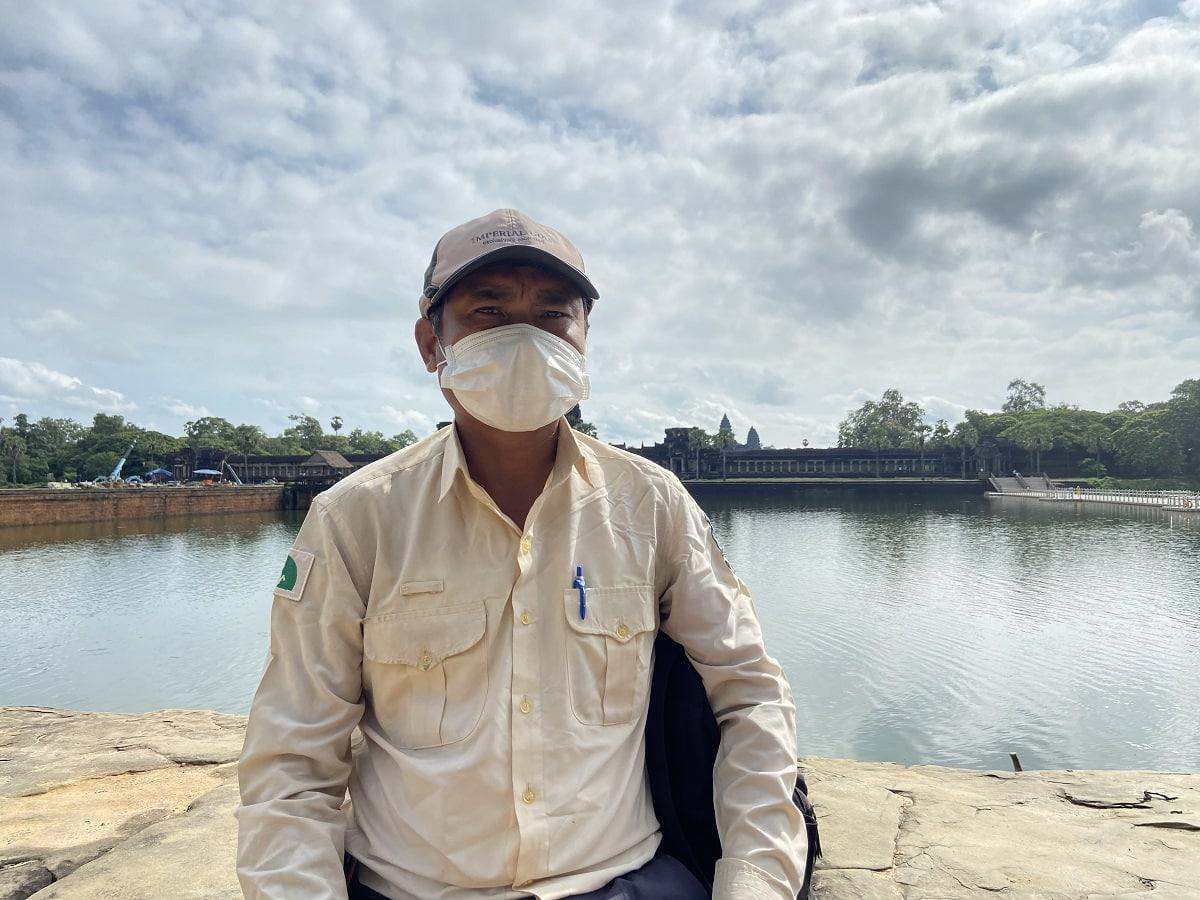
Speaking in front of the Angkor Wat temple where he waits for tourists, Sytha said that, beside the fact that there are almost no foreigners, tourists from within the country rarely ask for guides. So the return of foreign visitors is his only hope, he said.
Photographer Chhlong Savin, whose livelihood largely depends on tourism, said that the coronavirus outbreak has scared away his customers, and the recent lockdowns of Siem Reap City has added another layer of difficulties.
Almost every business, either big or small, has been affected by COVID-19 that first emerged in December 2019. Ross Saay, general manager of Viroth’s Hotel in Siem Reap City, said that the pandemic has devastated the tourism sector in Cambodia, and particularly in Siem Reap that has been heavily relying on this sector.

“The service sector has been hit hard,” Saay noted. “Restaurants and hotels shutter their operation. Some closed down permanently while others are considering reopening. But some may stop definitely.”
During those two years of the pandemic, tourism has been the hardest hit industry in the country as there has been a drastic decline in arrivals of international visitors. According to a report of the Ministry of Tourism released in August 2021, only 102,560 foreign tourists arrived in Cambodia during the first six months of 2021, down 91.3 percent compared to the same period in 2020, which had seen the arrival of 1.18 million visitors. Among those visitors, 64,392 were from Southeast Asian countries, representing a drop of 85.4 percent compared to the same period in 2020.
During the first semester of 2021, Cambodia saw only 1,089 flights, that is, a 89.9 percent drop compared to same period one year earlier.
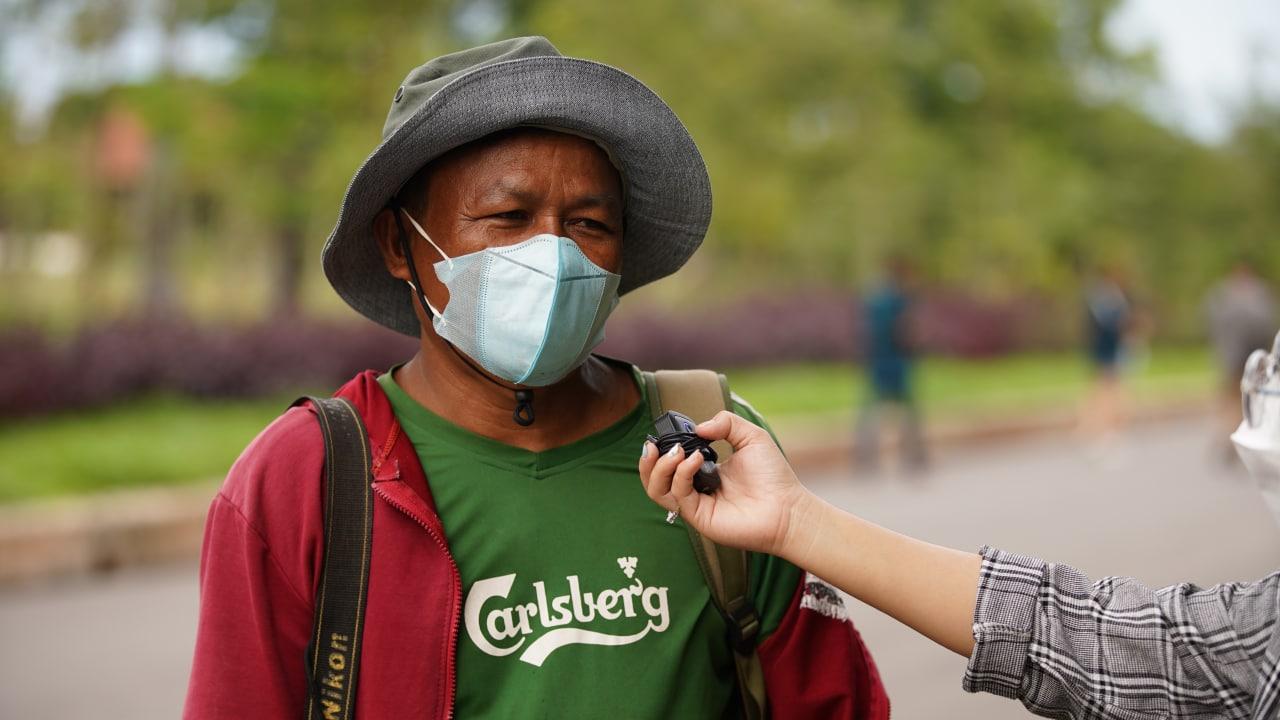
Reopening for fully vaccinated tourists
Cambodia is one of the countries that have vaccinated most of its population. As of Nov. 5, 2021, around 13.9 million people, or 86.87 percent of the total population, have been inoculated against COVID-19. With such high level of vaccination, Cambodia is ready to welcome travelers again after two years of disruption.
Cambodia will open its door for fully vaccinated travelers in late November 2021 in a bid to revive the tourism industry—its once biggest source of revenues and employment. In what will be the first phase of reopening, travelers from all over the world will be allowed to visit the coastal Sihanoukville and Koh Rong cities in Preah Sihanouk Province and the Dara Sakor Resort in Koh Kong Province in a quarantine-free scheme aiming at bringing tourists back.
Siem Reap Province, where the Angkor Archeological Park is located, will welcome fully vaccinated tourists in January 2022.
If the Stage 1 reopening produces the expected results, Stage 2 will begin for visitors to travel to other areas considered safe. Full reopening for all vaccinated tourists or Stage 3 will follow if the previous stages show positive results.
During a ceremony held on Oct. 28, 2021, to introduce the Implementation of the Strategic Plan on Adoption of Vaccine Tourism, Minister of Tourism Thong Khon said that this plan and the roadmap for tourism recovery will turn Cambodia into a qualified, safe, and sustainably developed tourism destination in a new normal and in accordance with the concept of transforming challenges into opportunities.
Neb Samouth, director-general of Tourism Industry at the Ministry of Tourism, said that Cambodia intends to restore and boost the tourism sector, the goal being to welcome 7 million international tourists by 2025 and around 11 million domestic tourists in 2023 by implementing the Roadmap for Recovery of Cambodia Tourism During and Post COVID-19, and the plan for vaccinated tourists.
Eddy Krismeidi Soemawilaga, president of the ASEAN Tourism Association (ASEANTA), called the reopening project a bold move while highlighting the nature of the pandemic situation, which is dynamic and must be treated by managing the risks associated with COVID-19.
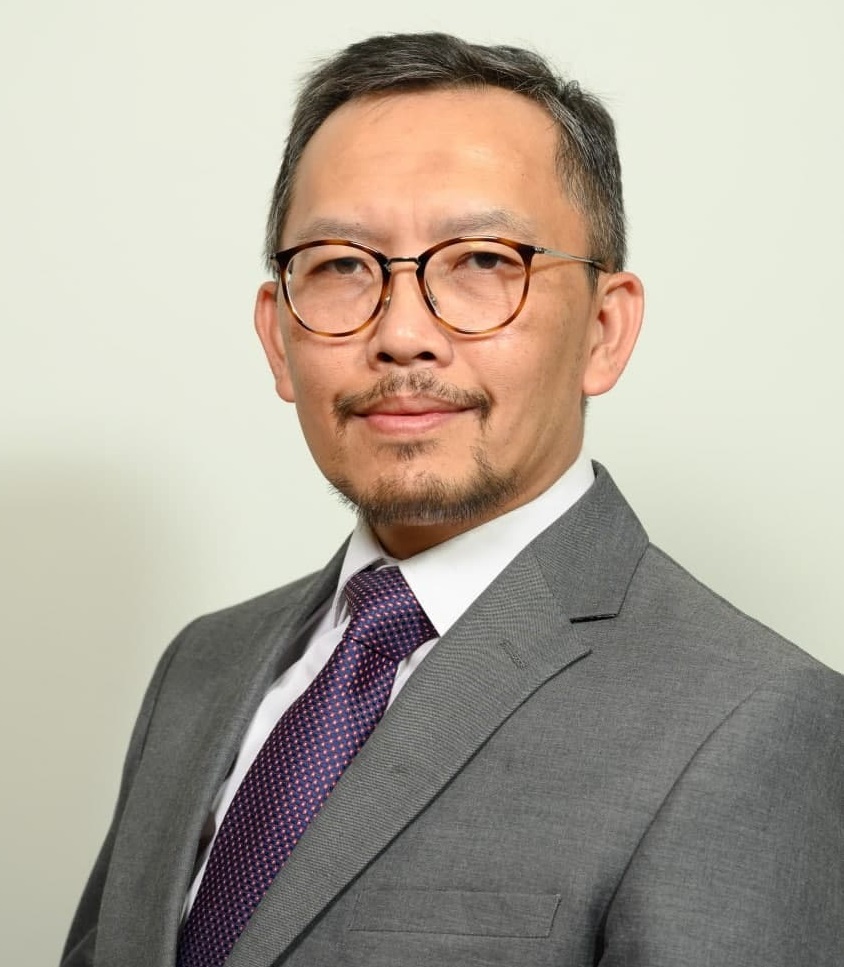
“The travel and tourism industries suffered the most, due to border closure or enhancing restrictions, and the government has no more resources to provide incentives,” he said in an email interview. “So, reopening the border through certain measures is the best option available for restarting the economy of a country, particularly for travel and tourism-related industries recover.”
For self-employed workers in the field such as Savin and Sytha, this reopening means a lot and, after more than two years of struggling, they are ready to welcome tourists again.
“Not only tour guides but also traders are very happy with this [reopening] plan,” Sytha said. “I sincerely hope that things can return to normal as soon as the government allows foreign flights to key areas in Cambodia based on certain conditions.”
With these reopening plans, Saay of the Viroth’s Hotel believed that Cambodia has prepared for the return of vaccinated tourists with a solid foundation and confidence.
“We have been resting for two years and have been training to get well-prepared…for gradual reopening. Hence, this is an opportunity rather than risk,” he stressed.
Chhay Sivlin, president of the Cambodia Association of Travel Agents, said that, while reopening will take place in different stages, the recovery will happen the same way and the private sector needs to prepare as well.
“Since the announcement of plans to reopen, private operators are taking step…like contacting overseas clients and [developing] visit packages for tourists,” Sivlin said.
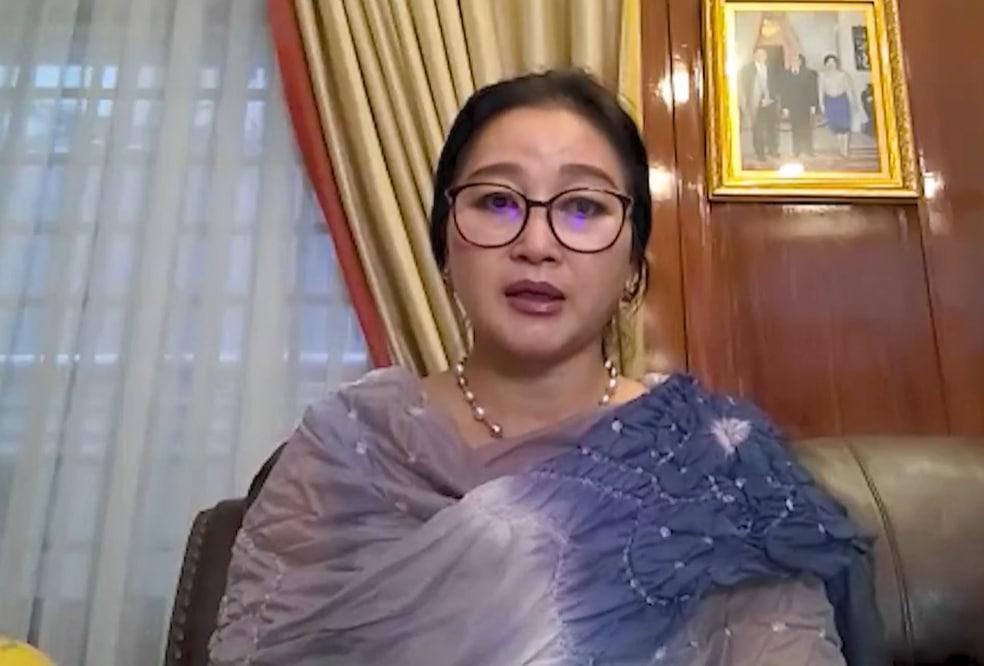
More is needed to lure regional tourists
While the launch of vaccine tourism is a positive sign for the Cambodian economy and tourism, Tourism Minister Thong Khon does not expect Cambodia to immediately receive many tourists. He estimated that only about 3,000 to 5,000 international tourists would come to Cambodia during this first phase.
“We will strive to reach out to countries with potential markets and low risks,” Khon said. “We think that tourists who like to visit the seaside are Russians, who could visit our Sihanoukville. And there may be tourists from other potential markets including Chinese tourists, and from our ASEAN region.”
Eddy Krismeidi Soemawilaga of ASEANTA said that, since this reopening is still a unilateral decision, response from regional tourists could be modest at first. To facilitate travel among countries in the region, he urged further action such as consultation within ASEAN to encourage their people to travel within the region without quarantine requirement—especially in the case of countries considered low risks—and to expand reopening to other destinations within Cambodia, easing restrictions depending on the COVID-19 situation.
In addition, he said, Cambodia could play a more active role in the reopening of ASEAN borders in view of the fact that Cambodia is currently holding ASEAN chairmanship.
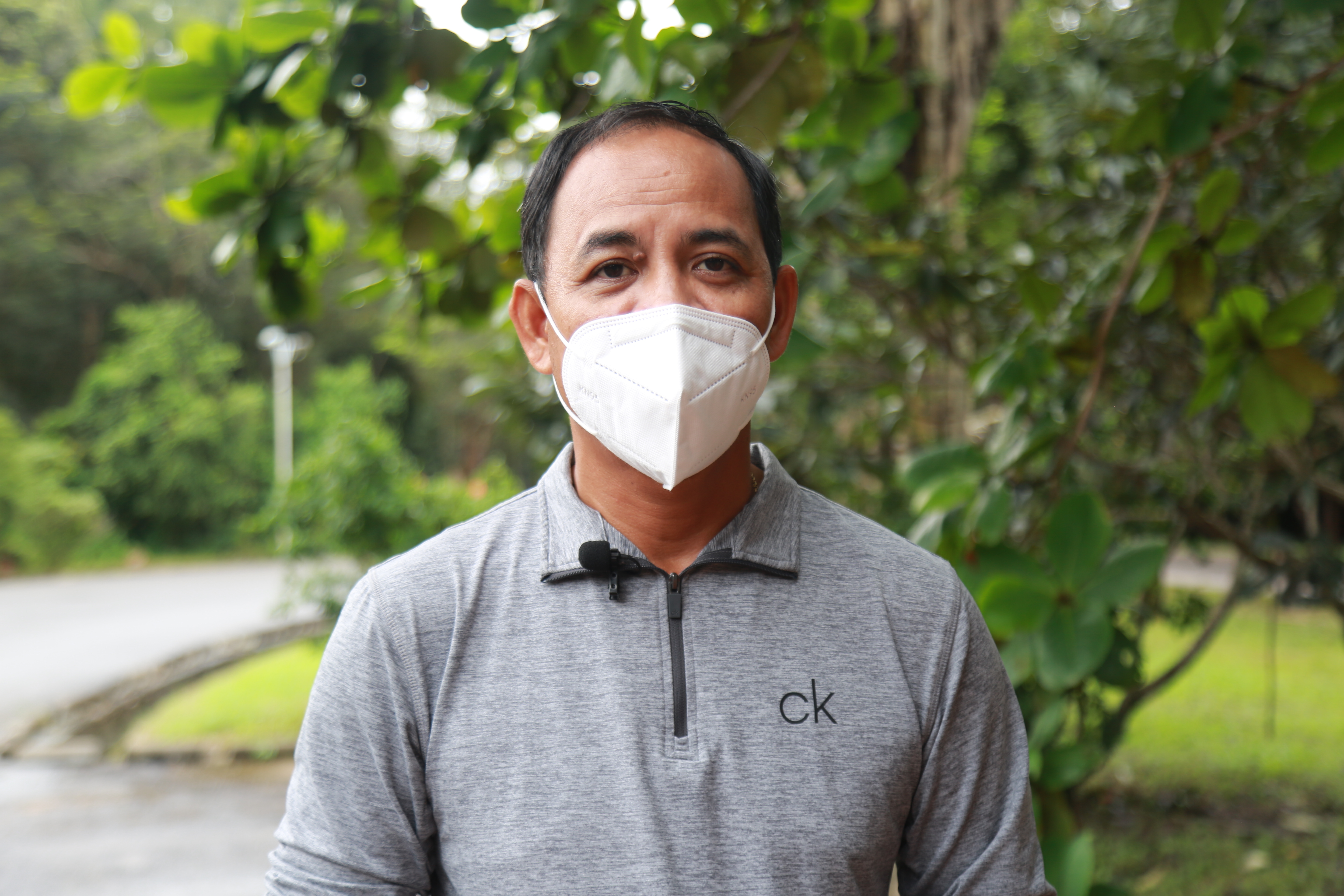
Regarding Cambodia’s appeal as a tourism destination, Long Kosal, deputy director of Apsara National Authority, which administers the Angkor Archaeological Park, believes that Cambodia is still one of the main destinations for foreign visitors.
With a high vaccination level among its population, Cambodia will be able to welcome more tourists as it is rather safe compared to other countries.
“I think that, in the current circumstances, we should talk of the psychology and feelings of tourists,” Kosal said. “[Let’s] put ourselves in their shoes: What are the pressures in today’s situation. In cases where tourism sites re-open and tourists start traveling, they sometimes dream of visiting specific places.”
Regulations and limited flights remain challenging
In spite of high hopes, there are a number of obstacles that stand in the way. For instance, while Thailand allows vaccinated travelers from Cambodia by air to enter without quarantine, Singapore still maintains its Stay Home Notice rule for those coming from Cambodia.
Rules and quarantine regulations are being imposed in many ASEAN countries while others are still discouraging their people from international travel, especially for short-visits or leisure, Eddy Krismeidi Soemawilaga of ASEANTA noted.
Asked what could be done to attract more tourists, he said that Cambodia should hold discussions with neighboring countries, especially regarding reducing or exempting quarantine requirements when tourists go back to their home countries.
Over the past years, Cambodia has been depending on regional countries such as Thailand or Singapore as transfer hub for tourists from countries out of the region. With such limited and disrupted flight schedules along with the ongoing pandemic, Cambodia appears not to be in a good position in that regard.

But opening new routes, and especially long-haul ones, requires significant effort and investment, Eddy pointed out.
The Cambodian government should consider providing incentives to support early operations, which may include charge exemption or discounts, providing resources for marketing and promotion, special programs for visitors and passengers using such flights, visa-free facilitation and so on, he said.
“At the same time, strengthening the role of Cambodia’s airport as a hub should be done with strengthening regional network and international transit facilities at airport so as such long-haul flight could be an option for travelers to visit other parts of Southeast Asia through Cambodia,” Eddy explained.
In addition to lacking flights from overseas, Cambodia is also facing a shortage of options for domestic flights. Currently, there are limited flights operating within the country to transport visitors landing at Phnom Penh International Airport to other tourism destinations including Sihanoukville. However, Minister of Tourism Thong Khon said that land transportation may be not available for the vaccinated-tourist scheme as it may be risky.
Expressing concerns over such an issue, Chhay Sivlin of the Cambodia Association of Travel Agents said that this may put Cambodia in an uphill battle to compete with other countries. “The airport in Preah Sihanouk Province doesn’t receive any direct flight from overseas and visitors need connecting flights from the Phnom Penh airport,” she said.
(Article produced as a part of the SEAFORE ASEAN Masterclass project, with support from the Institute for War and Peace Reporting)






